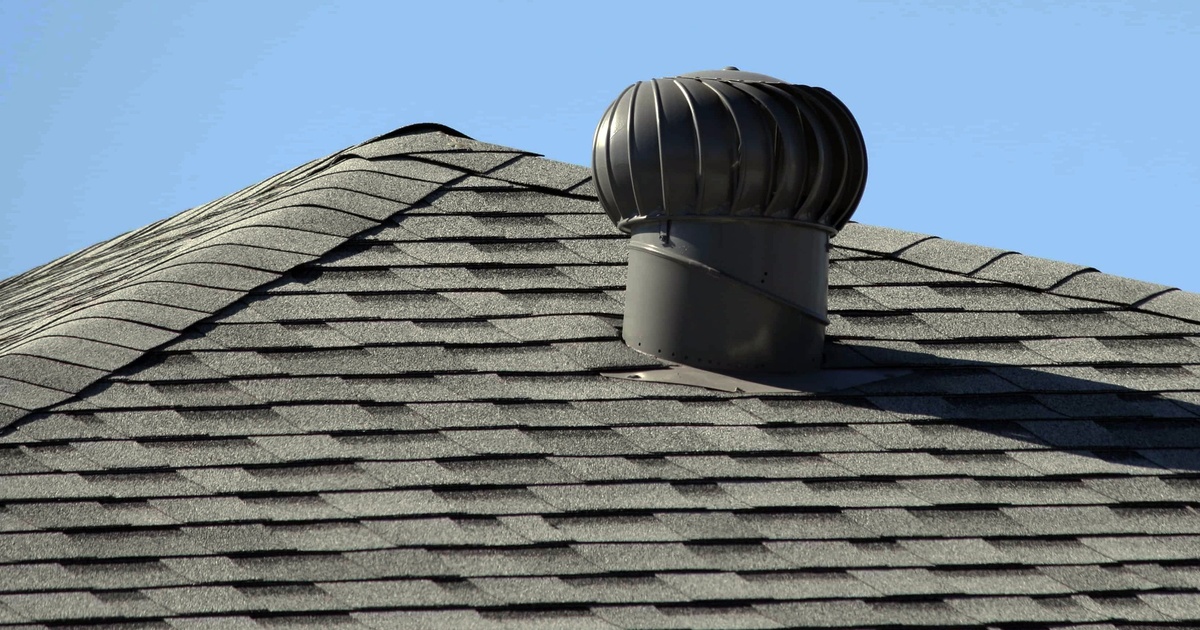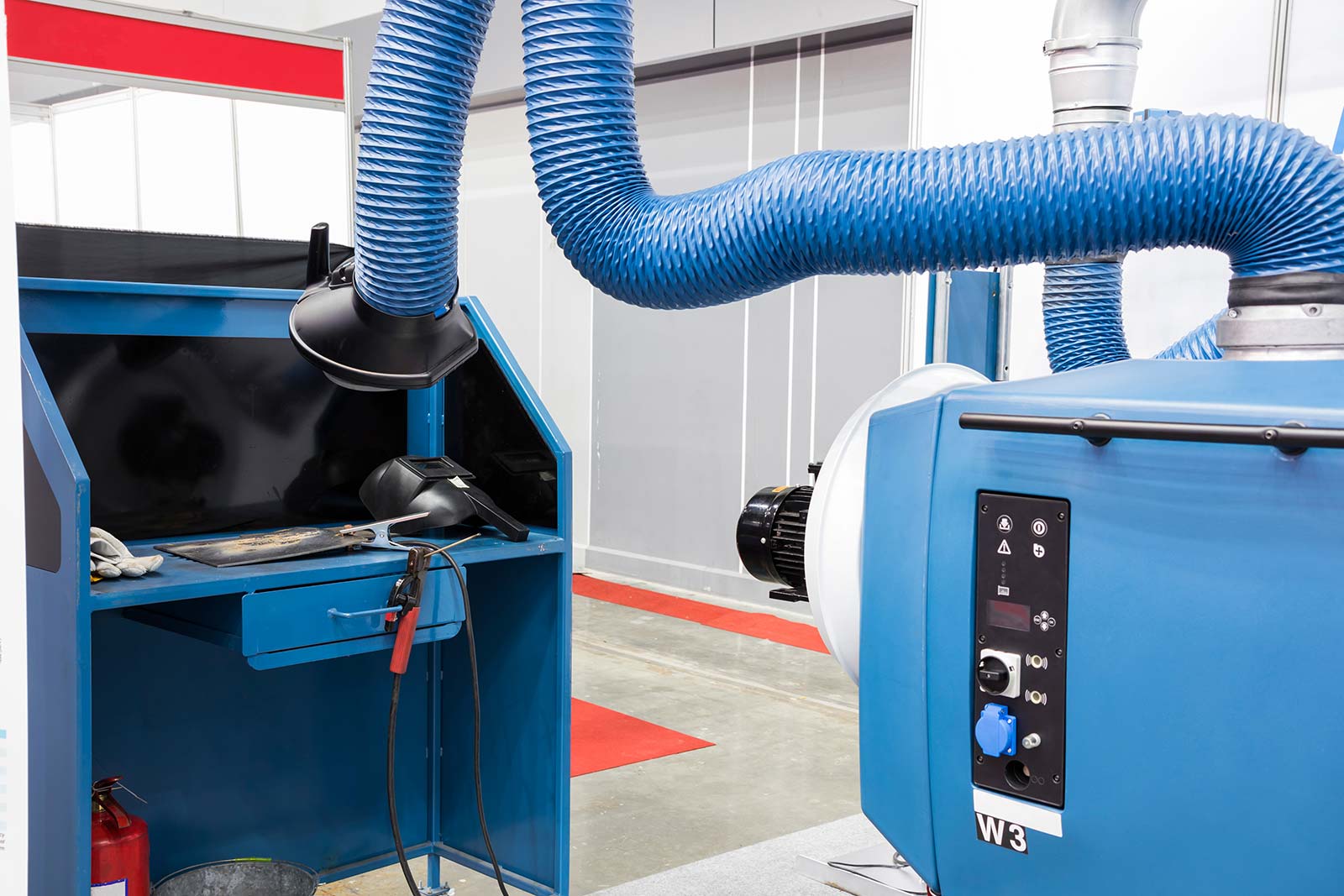The Key Role of Adequate Ventilation in Plumbing Systems
The Key Role of Adequate Ventilation in Plumbing Systems
Blog Article
This great article further down on the subject of What Is A Plumbing Vent & How Do They Work? is pretty much remarkable. Don't overlook it.

Proper ventilation in pipes systems is frequently neglected, yet it is important for keeping the performance and safety and security of your home's plumbing. Air flow helps control atmospheric pressure, prevent the accumulation of unsafe gases, and guarantee the efficient elimination of waste. In this guide, we will certainly check out the significance of correct plumbing air flow, how it functions, and the advantages it offers your plumbing system.
Recognizing Ventilation in Plumbing
Air flow in pipes refers to the network of pipes that permit air to move with the drainage system. These vents offer multiple functions, consisting of regulating air pressure within the pipelines, preventing sewer gases from entering the home, and assisting in the smooth circulation of wastewater.
Exactly How Ventilation Functions in Pipes Equipments
Atmospheric Pressure Policy
Proper air flow preserves balanced atmospheric pressure within the pipes system. When water moves via pipelines, it displaces air. Without sufficient air flow, this displacement can produce negative stress, resulting in slow drains pipes or siphoning of water from traps, which can trigger undesirable smells to leak right into the home.
Preventing Drain Gas Accumulation
Among the most vital features of plumbing vents is to avoid sewage system gases, such as methane and hydrogen sulfide, from accumulating within the home. These gases can present serious wellness threats and are extremely combustible. Vent pipes allow these gases to escape securely outside.
Assisting in Waste Elimination
Air flow helps in the efficient elimination of wastewater by stopping airlocks in the water drainage system. When air can move easily through the vents, it enables water and waste to flow efficiently with the pipelines, lowering the danger of blockages and back-ups.
Kinds Of Pipes Vents
Key Stack Vent
The primary stack air vent, additionally known as the vent pile, is the main vent in a plumbing system. It expands from the main drain line up with the roof, allowing gases to leave and fresh air to get in the system.
Branch Vent
Branch vents attach to the primary pile air vent and serve private fixtures, such as sinks, toilets, and showers. These vents ensure that each component has appropriate ventilation to function properly.
Air Admission Shutoff (AAV).
An Air Admittance Shutoff (AAV) is a one-way shutoff that permits air to get in the plumbing system without the need for a traditional vent pipeline extending with the roofing system. AAVs are frequently made use of in restorations or areas where installing a typical air vent is impractical.
Signs of Poor Ventilation in Pipes.
Slow Draining Fixtures.
If your sinks, bathtubs, or bathrooms are draining pipes slowly, it could be an indication of poor air flow. Insufficient air flow can create a vacuum result, making it hard for water to drain pipes correctly.
Gurgling Appears.
Gurgling noises coming from drains pipes are frequently an outcome of air being sucked via water traps as a result of unfavorable stress in the pipes. This is a clear indication of insufficient ventilation.
Undesirable Smells.
Sewer odors inside your home are a red flag that your plumbing system is not effectively aerated. This could suggest that drain gases are not being effectively aired vent outside, resulting in potentially harmful problems.
Usual Air Flow Mistakes.
Inadequate Vent Sizing.
Utilizing undersized air vent pipelines can lead to poor air flow and pressure imbalances in the system. It's important to utilize vents that satisfy the certain demands of your plumbing system.
Improper Vent Placement.
Positioning vents also much from the fixtures they serve can reduce their effectiveness. Correct positioning makes certain that air can move freely and efficiently with the system.
Ignoring Code Demands.
Building codes give particular guidelines for pipes ventilation. Ignoring these codes can lead to a system that stops working to function properly and might lead to costly repairs or carcinogen.
Advantages of Proper Air Flow.
Boosted System Efficiency.
Correctly ventilated pipes systems run extra efficiently, with less blockages, faster draining pipes, and much less pressure on the pipelines. This efficiency extends the lifespan of the plumbing system.
Improved Air Quality.
By preventing sewer gases from entering your home, correct air flow adds to much better indoor air quality, making your living setting healthier and a lot more comfortable.
Preventing Water Damage.
Appropriate ventilation assists prevent water from being siphoned out of catches, which can lead to sewage system gases entering the home and causing water damages over time.
Steps to Guarantee Appropriate Ventilation.
Consulting Plumbing Codes.
Constantly speak with local plumbing codes when making or changing your plumbing system. These codes offer the required standards for appropriate venting and guarantee your system meets security standards.
Normal Assessment and Maintenance.
Routine evaluations can aid identify possible air flow issues prior to they come to be significant problems. Maintenance jobs, such as cleaning up air vent pipes and looking for clogs, are vital for keeping the system in good working order.
Expert Installment.
For brand-new installations or major alterations, it's important to employ a specialist plumbing professional. They have the experience to make certain the ventilation system is properly developed and installed according to code.
Conclusion.
Appropriate air flow is an important component of any type of pipes system, making sure that it operates successfully and securely. By recognizing the importance of air flow, recognizing the signs of inadequate ventilation, and taking steps to keep your system, you can protect against costly problems and safeguard your home's air quality.
What is a Plumbing Vent and it's used for?All plumbing systems in residential and commercials construction have a plumbing vent. It doesn’t just vent unwanted odors from the drainage system to the outside; it actually serves an important purpose by supplying air to the system.
The plumbing drainage system is actually called a drainage, waste and vent (DWV) system. When water flows down the piping, an air supply (vent) is needed to allow the water to flow. Think of the vertical pipe as a drinking straw. If you plug the top end of a straw, liquid won’t drain from it.
The DWV system in your building consists of a series of pipes connected to each fixture; they extend above each fixture, and the system terminates at an open pipe that extends through the roof. This piping allows air into the system and prevents unbalanced pressures in the piping.
?The vent also prevents the system from drawing water out of a trap at the fixture with the characteristic “glug-glug-glug” as the drain gasps for air. Plumbing traps should drain smoothly and never “glug” or gasp for air.
If you have a drain that empties slowly or gurgles as it drains, this may indicate a venting problem. If you flush a toilet and the sink gurgles, there’s definitely a vent problem. It is good idea to have a Plumber check this.
https://www.ameliashomeinspection.com/blog/what-is-a-plumbing-vent-and-its-used-for

I have been very enthusiastic about and I hope you appreciated my entry. Liked our article? Please share it. Let someone else locate it. We appreciate reading our article about What Is a Plumbing Vent and Why Is It Important.
Contact Us Today Report this page